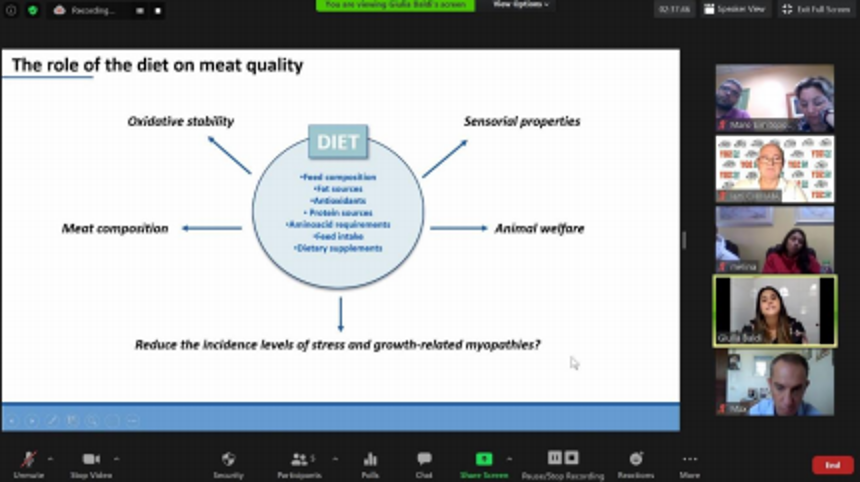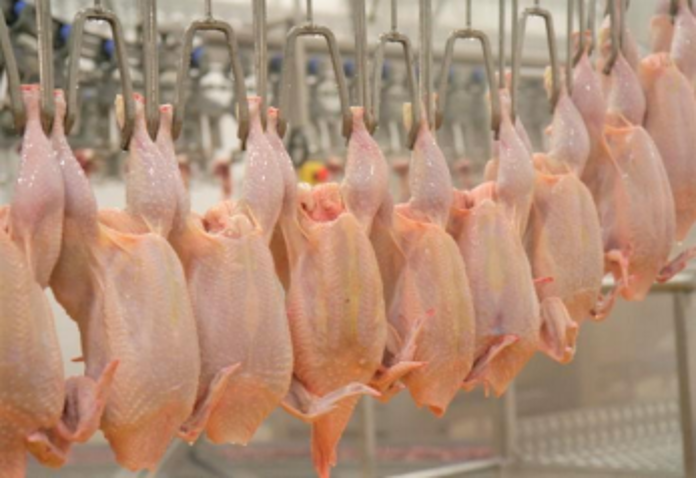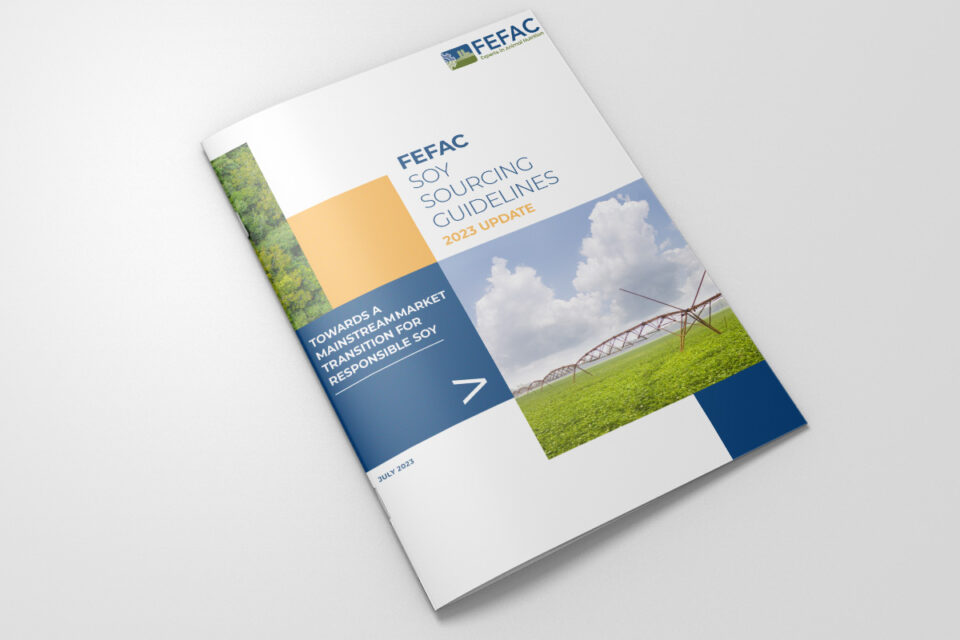
When it comes to poultry, carcass quality and nutrition go hand-in-hand, as was shared during a U.S. Soybean Export Council digital customer workshop.
Aggelakis is one of the biggest poultry farming businesses in Greece, exporting product to more than 10 countries worldwide. The company has the capacity to produce more than 70,000 tons of feed annually, and you can find its products in seven of the largest supermarket chains.
While the company’s products are principally poultry, it’s business is principally focused on quality, from breeding and animal welfare standards to food safety standards and the implementation of international quality assurance protocols.
Aggelakis is also Agrocert certified, which means that the company uses 100% wheat, corn, soy, soybean oil, vitamins and trace elements to cover its production. According to the company, the origin of feed rations is not only checked by the certification body, but also by the company itself.
“Since both quality and taste of the chicken are based, to a great extent, on nutrition, we control every batch of cereals to ensure that the strict specifications set by the company are observed,” states the company’s website.
That’s why U.S. Soy is a good fit: You’ve got to have quality feed as the building block for quality meat, and U.S. Soy is an excellent choice.
During the digital workshop, USSEC’s team of technical experts and scientists from outside the organization shared the latest findings when it comes to the practical aspects of poultry production and meat quality, as well as the role of protein in the diet.

Dr. Massimiliano Petracci discussed carcass quality and some of the factors that influence defects. These factors include poultry handling and slaughtering procedures, and stunning. Petracci also shared the role of diet on carcass quality, emphasizing the importance of balanced amino-acids, minerals and fiber.
Additionally, Dr. Giulia Baldi from the University of Bologna, Italy, stressed the importance of nutrition to product quality and safety. The primary components of poultry meat are proteins, lipids and minerals, she said. Any dietary imbalance will impact carcass quality and be reflected in the tissues.
Some of the meat quality defects in broilers include growth-related muscular abnormalities, such as white striping, wooden breast, and spaghetti meat, and stress-related abnormalities such as PSE and DFD.
“Feeding the birds a high nutrient-dense diet, containing high energy and high protein results in improved carcass yield and decreased fatness,” Baldi said. “An increase in the protein and amino acid content of carcasses has been reported by several studies that aims to reduce dietary fat and increase crude protein or single amino acids.”

Of note is the role of quality ingredients and amino acid digestibility in maintaining good gut health, especially in the absence of feed antibiotics.
Baldi stressed the importance of using the correct digestibility values in the matrix of ingredients is crucial when formulating diets for precision nutrition. This, she said, is especially true in the case of the U.S. soybean meal compared to that of other origins, as a nutritionist must account for differences in the digestibility values for amino acids.
“My hope is that Aggelakis’s team found the USSEC workshop informative and worthwhile,” said Dr. Iani Chihaia, who hosted the event. “Our primary goal was to increase the team’s understanding of poultry carcass quality and other factors impacting meat quality and to provide a quick refresh on U.S. Soy quality attributes that support better poultry performance.”
